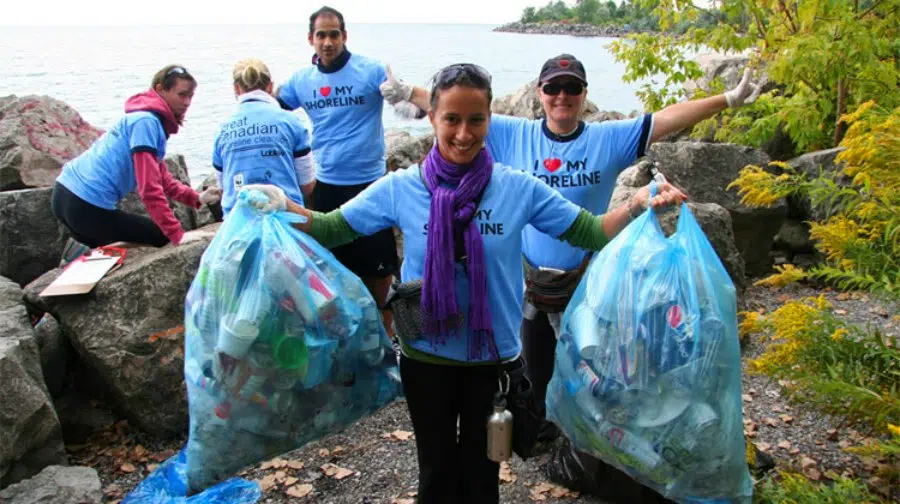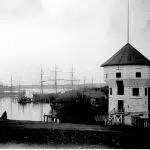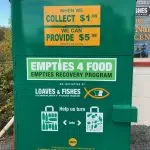
National shoreline cleanup well-represented in Nanaimo
NANAIMO — From a single event on a beach in Stanley Park to a year-round campaign involving nearly 80,000 volunteers, the Great Canadian Shoreline Cleanup has taken on a life of its own over the years.
For 2017, one of the country’s largest conservation programs has set a lofty goal of involving 150,000 people in shoreline cleanups to coincide with Canada’s 150th birthday.
“People really want to be connected to their shorelines and water and this is a really great opportunity for people to get outside and build that connection,” manager Rachel Schoeler told NanaimoNewsNOW. “Shoreline litter plays a pretty devastating role in our ecosystem.”



